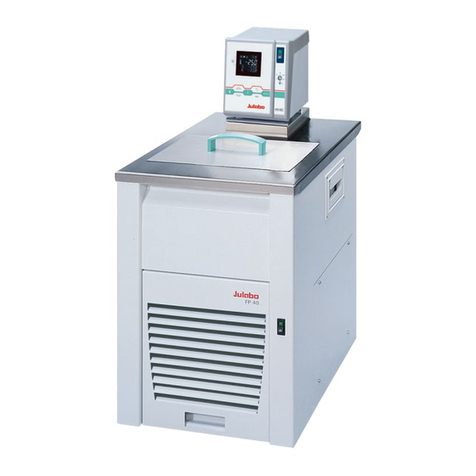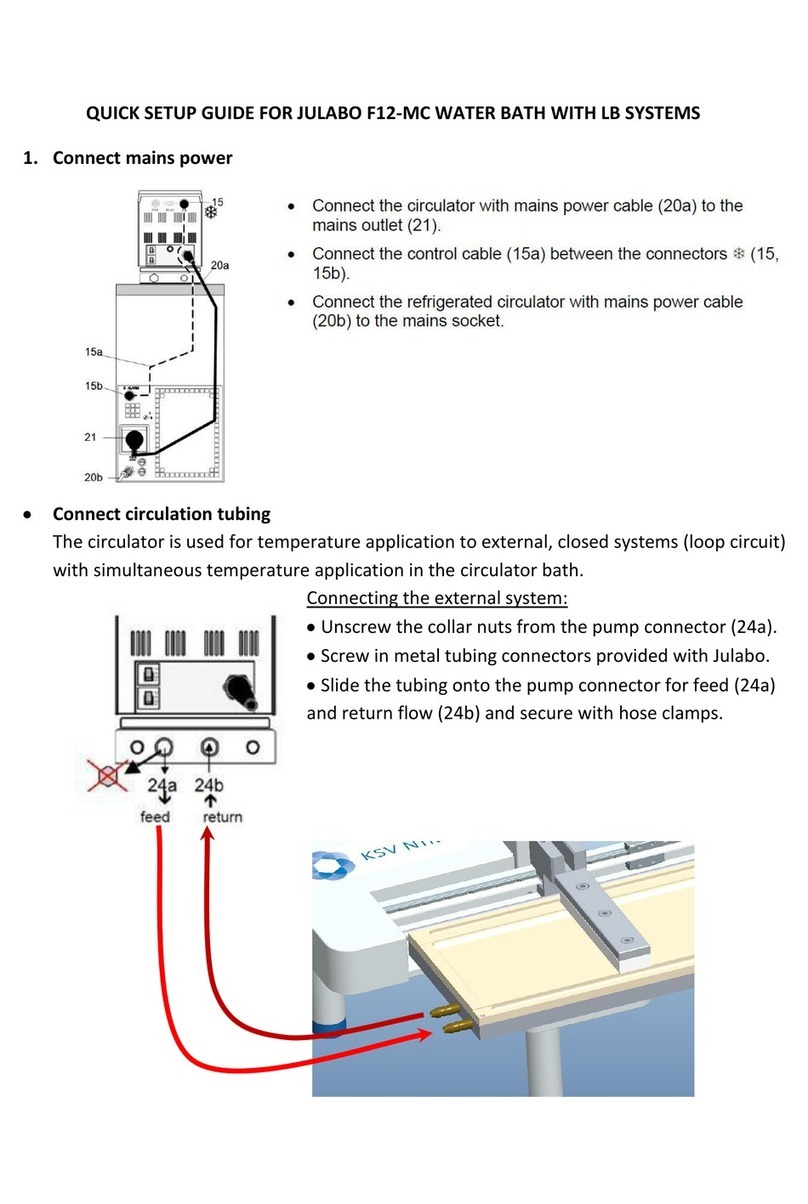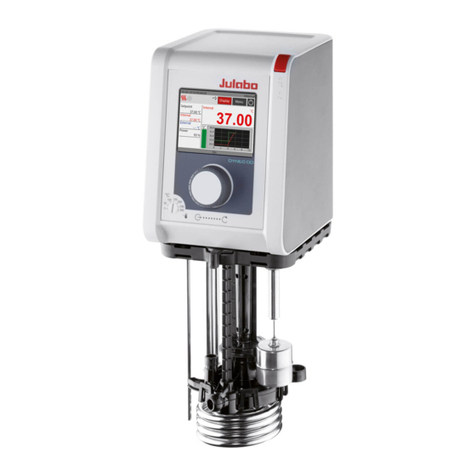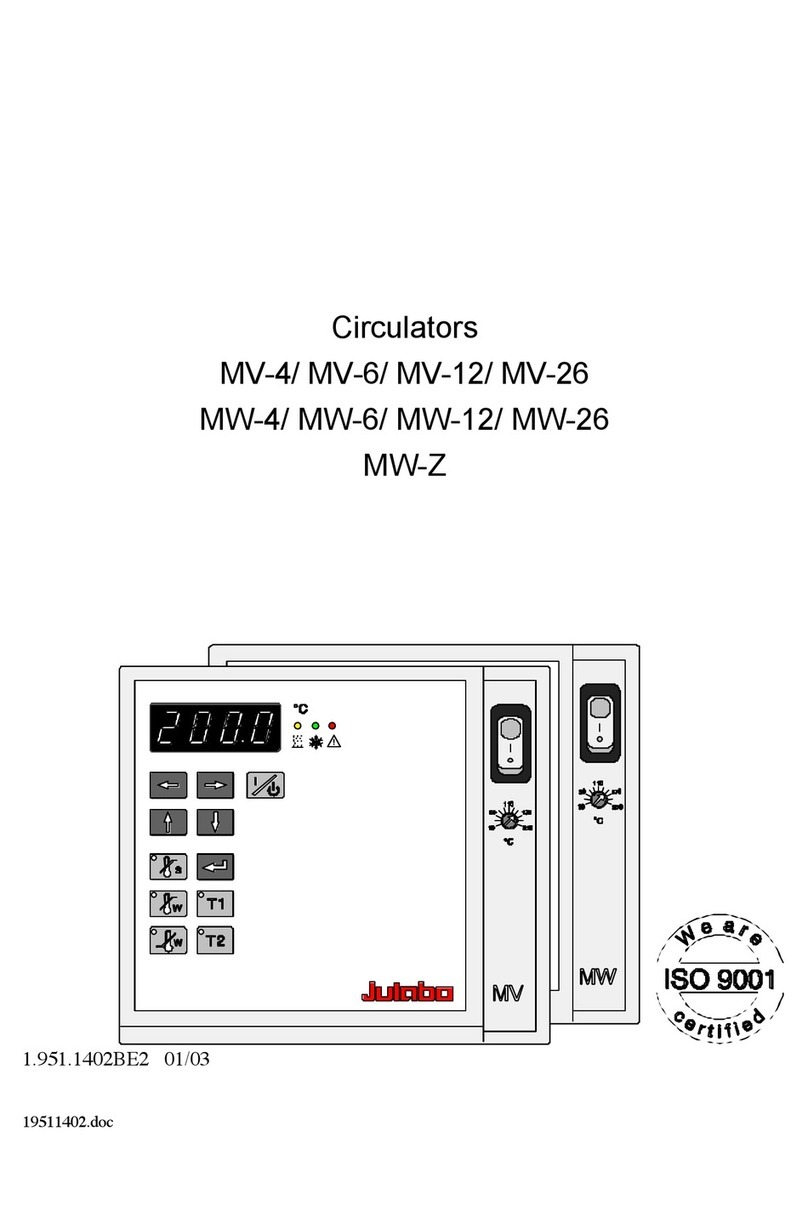
FP51-SL
3
TABLE OF CONTENTS
Operating manual................................................................................................................5
1. Intended use.................................................................................................................5
1.1. Description...............................................................................................................5
2. Operator responsibility – Safety recommendations....................................................... 6
2.1. Disposal...................................................................................................................8
2.2. Technical specifications ........................................................................................... 9
Operating instructions ....................................................................................................... 11
3. Safety notes for the user............................................................................................. 11
3.1. Explanation of safety notes.................................................................................... 11
3.2. Explanation of other notes...................................................................................... 11
3.3. Safety recommendations........................................................................................ 12
4. Operating controls and functional elements................................................................ 14
5. Preparations............................................................................................................... 18
5.1. Installation.............................................................................................................. 18
5.2. Bath fluids.............................................................................................................. 18
5.3. Temperature application to external systems ......................................................... 20
5.3.1.Tubing ............................................................................................................... 21
5.4. Filling / draining...................................................................................................... 22
6. Operating procedures................................................................................................. 23
6.1. Power connection................................................................................................... 23
6.2. Switching on / Selecting the language.................................................................... 23
6.2.1.Switching on the circulator................................................................................. 23
6.2.2.Switching on the cooling machine...................................................................... 24
6.3. Start - Stop............................................................................................................. 24
7. Setting of temperatures................................................................................. 25
8. Safety installations, warning functions........................................................... 25
8.0.1.Early warning system, low level protection......................................................... 29
9. Menu functions.............................................................................................. 30
9.1. Start of a program.................................................................................................. 32
9.1.1.Status at the end of a program .......................................................................... 34
9.1.2.Indication after successful start.......................................................................... 34
9.1.3.Editing after Start............................................................................................... 35
9.1.4.Interrupting a program ....................................................................................... 35
9.1.5.Interruption after a power failure........................................................................ 36
9.1.6.Termination of a program................................................................................... 36
9.2. Program administration, creation............................................................................ 37
9.3. Setting the pump pressure..................................................................................... 41
9.4. Configuration.......................................................................................................... 42
9.4.1.Remote control via the serial interface............................................................... 45
9.4.2.Keypad control or setpoint setting via the analog input...................................... 45
9.4.3.Autostart............................................................................................................ 46
































